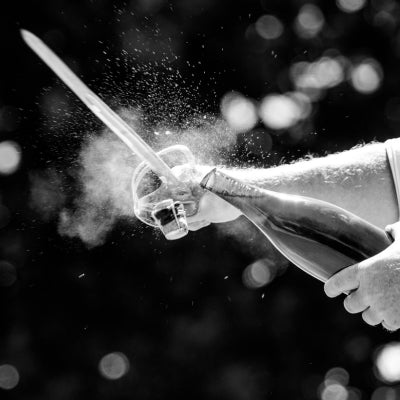
Oak and barrel maturation: cooperage
In the second part of our series on oak and barrel maturation, Westgarth Wines wine specialist Maurizio Broggi discusses cooperage; the ancient art of barrel making.
Barrel-making has an arguably even greater influence on the wine than oak origin and species. This is because the cooperage process involves procedures such as stave manufacturing, seasoning, and toasting which strongly affect the nature and structure of the wood that will be in contact with the wine.
Cooperages
Each cooperage has its own ‘house style’, based on the toasting process and other barrel-making operations, which significantly impacts how the barrels will affect the quality and character of the wine.
Oak for barrels comes from trees that range from 80 to 100 years old, and one mature oak can yield up to four barrels. The oak trunk is divided into logs that are either split or sawn to obtain the oak staves. American oak is more watertight than European oak, this is why European oak must be split, while American oak can be sawn into staves. Splitting is more expensive than sawing because it is a more laborious process and results in fewer staves compared to an equivalent log of American oak.
The seasoning process
Oak naturally contains moisture as well as bitter phenolic compounds. Seasoning is the process by which the astringent compounds that would otherwise make wine taste bitter are removed.
Seasoning reduces humidity levels to prevent shrinkage after assembling, avoiding leakage. It also promotes fundamental chemical changes in the wood that result in the production of aromatic compounds thanks to microorganisms such as fungi that grow within the wood pores.
Seasoning is carried out outdoors and usually takes two to three years. Alternatively, staves can also be treated in ovens to be kiln-dried; a process that reduces humidity quickly and is less expensive. However, kiln drying does not eliminate bitter compounds in wood, resulting in fewer aromatics, as the chemical changes that occur during seasoning do not take place.
Toasting and final assembly
Once staves have been seasoned, they can be finished and assembled into barrels. To facilitate assembly, staves are heated so that they can be more easily bent into the required shape. This process, known as toasting, breaks down the surface of the staves producing aromatic compounds such as vanilla, smoke, clove, roasted almond, coffee, and caramel, among many others.
Depending on the temperature and how long staves are exposed to the heat, the levels of toasting are classified as light, medium, and heavy. Toasting is typically performed by a master cooper as it requires significant skill and experience. After the body of the barrel has been made, the barrel heads are made and fitted. Finally, splinters are removed, the barrel is tested for leaks, the bung hole is drilled, and metal hoops are attached.
Want to read more? Take a look at some of our other blogs:



